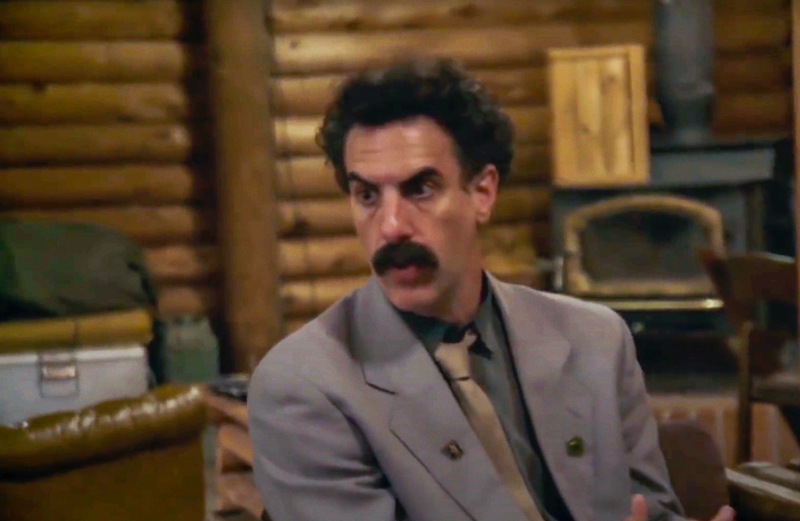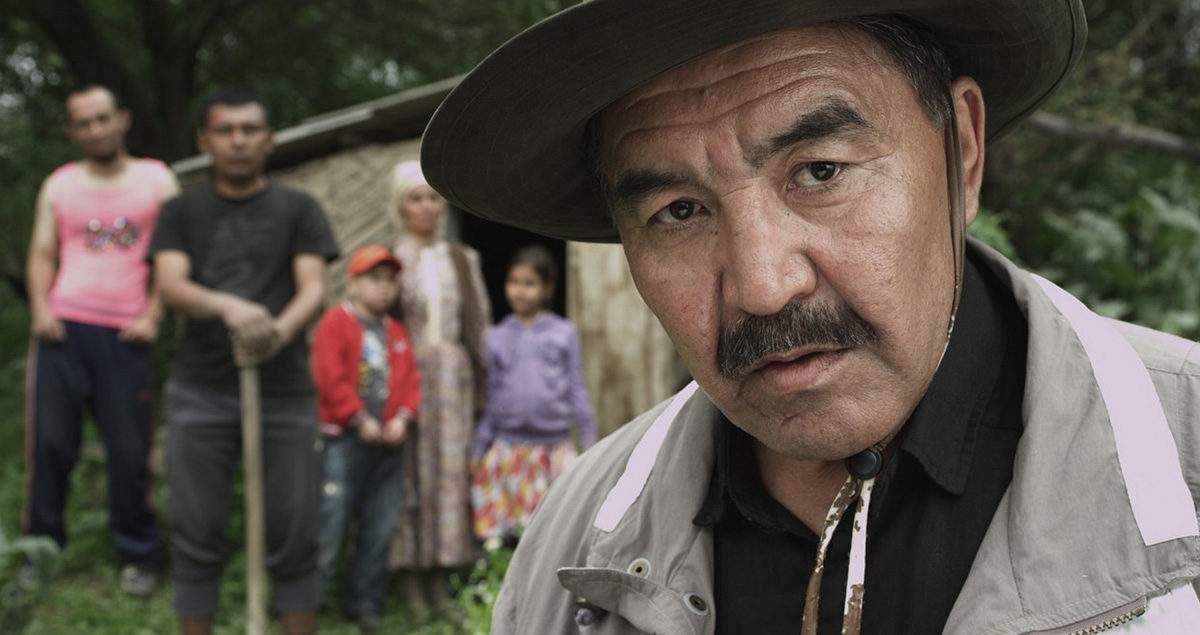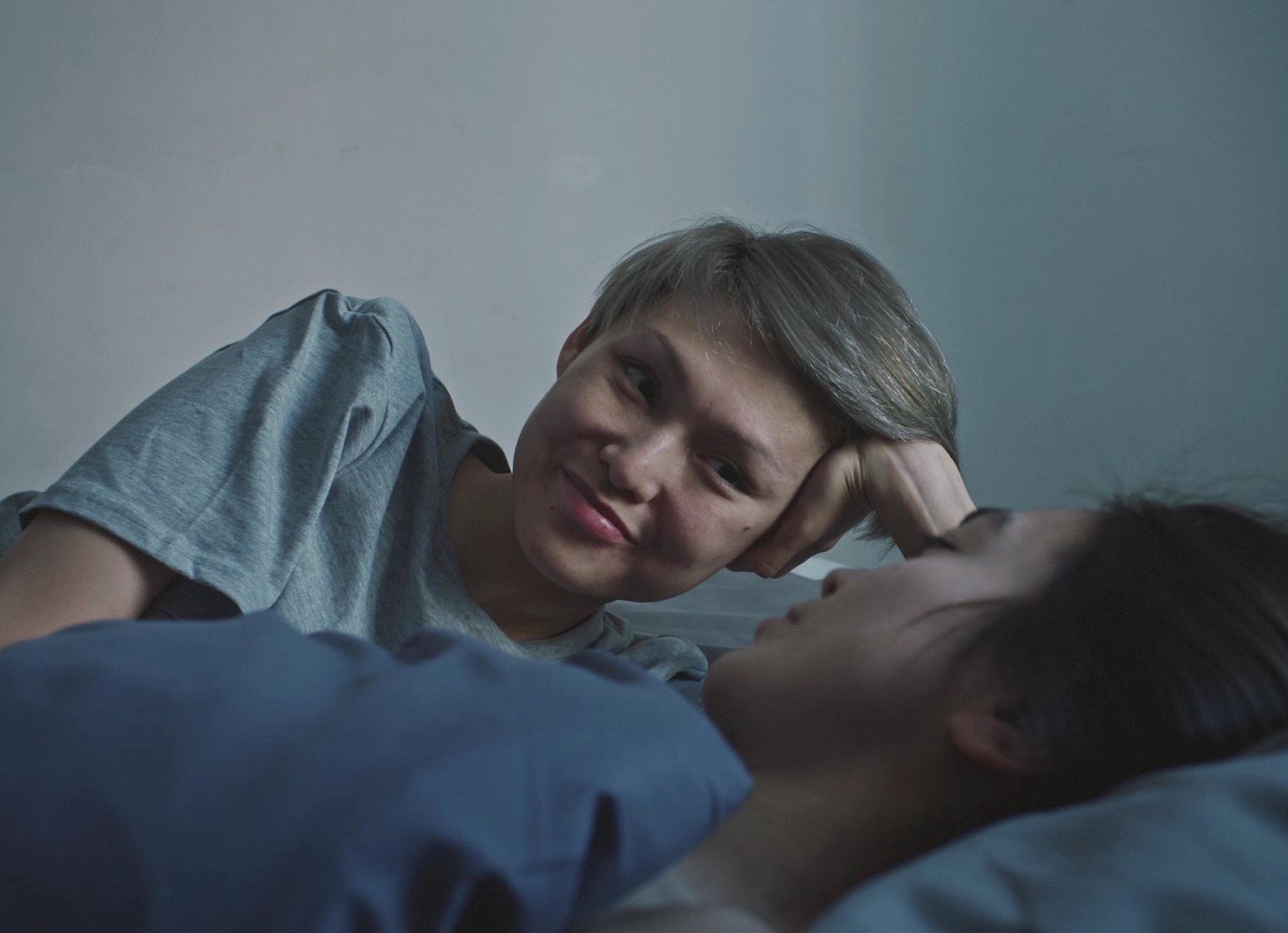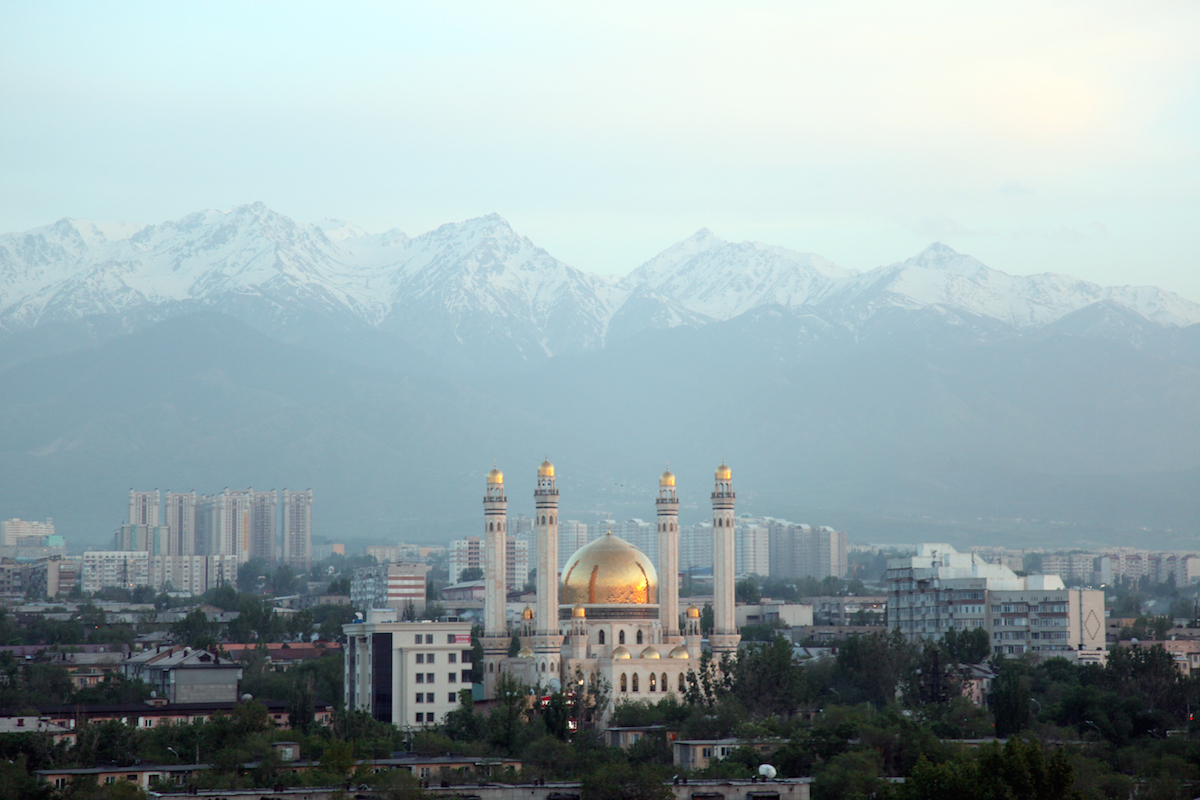In praise of the monobrow: how a Uyghur Kazakh artist celebrates a coveted Central Asian beauty feature
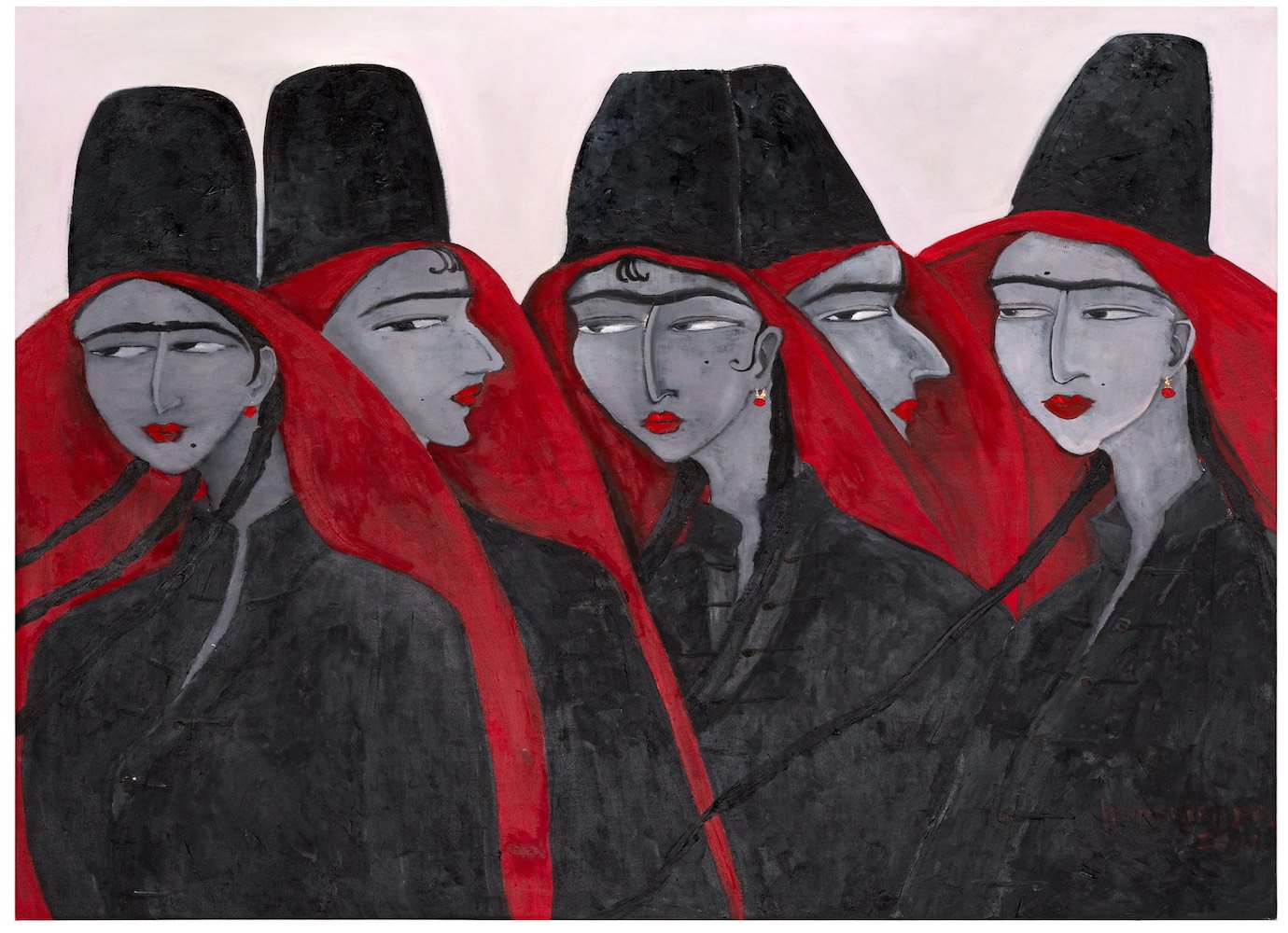
In Central Asian nations, the monobrow is a symbol of feminine elegance. In a bid to embrace her ethnic identity, Kazakh artist Guzel Zakir dedicates her art and Instagram account to this beauty stamp.
“In the past, monobrows were painted to resemble the horns of a cow, as well as the crescent,” Zakir told The Calvert Journal. “The cow is an ancient symbol of abundance and fertility, the Sun, and the Moon. The cow represents the Universe, and her milk — the Milky Way itself. A woman with a monobrow holds this cosmology together on her forehead,” the artist explains. “Monobrows were painted as a blessing. And women with natural monobrows were praised highly in the community,” she adds.
Growing up in a Russian-speaking neighbourhood in the Kazakh village of Krasnoe Pole, Zakir was the only pupil there wearing a monobrow. “Every year of my childhood, from early spring through late summer, my mother would paint a monobrow on my forehead. This made me different from other kids and they would make fun of me. I felt alien and used to try and blur it out with my fingers,” Zakir recalls.
Resisting it as a child, Zakir has now come to see the monobrow as a superpower, an attribute of decolonisation and cultural revival, an ancient symbol of abundance and fertility, placing it at the centre of her artistic practice. Through it, the artist also feels more connected to her mother and her mother’s Uyghur roots.
The Uyghurs are a Turkic ethnic group with native settlements in North West China, culturally affiliated with the general region of Central and East Asia. After the collapse of the Qing dynasty in China in 1912, the Uyghurs became free from government control, establishing the East Turkestan Republic in 1933-4, and then in 1944-9. Following the Communist government’s takeover of the region in 1949, hundreds of Uyghurs fled China. Zakir’s parents too migrated to Kazakhstan in the 1950s, in search for a better life.
As a student at the Xinjiang Art Institute in North West China, where the Uyghurs are recognised as natives, Zakir started researching the rich cultural history of the monobrow for the Uyghur community. One of her discoveries included the well-preserved frescoes of Uyghur princesses at the ancient Uyghur landmark of the Bezeklik Thousand Buddha Caves. The artist later reproduced their monobrowed faces on gypsum brooches.
Currently based in Almaty, Zakir now produces paintings, silk, ceramics, as well as tote bags celebrating the monobrow. Follow her on Instagram at @guzelzakiart to see her work, as well as archival images of the monobrow.
